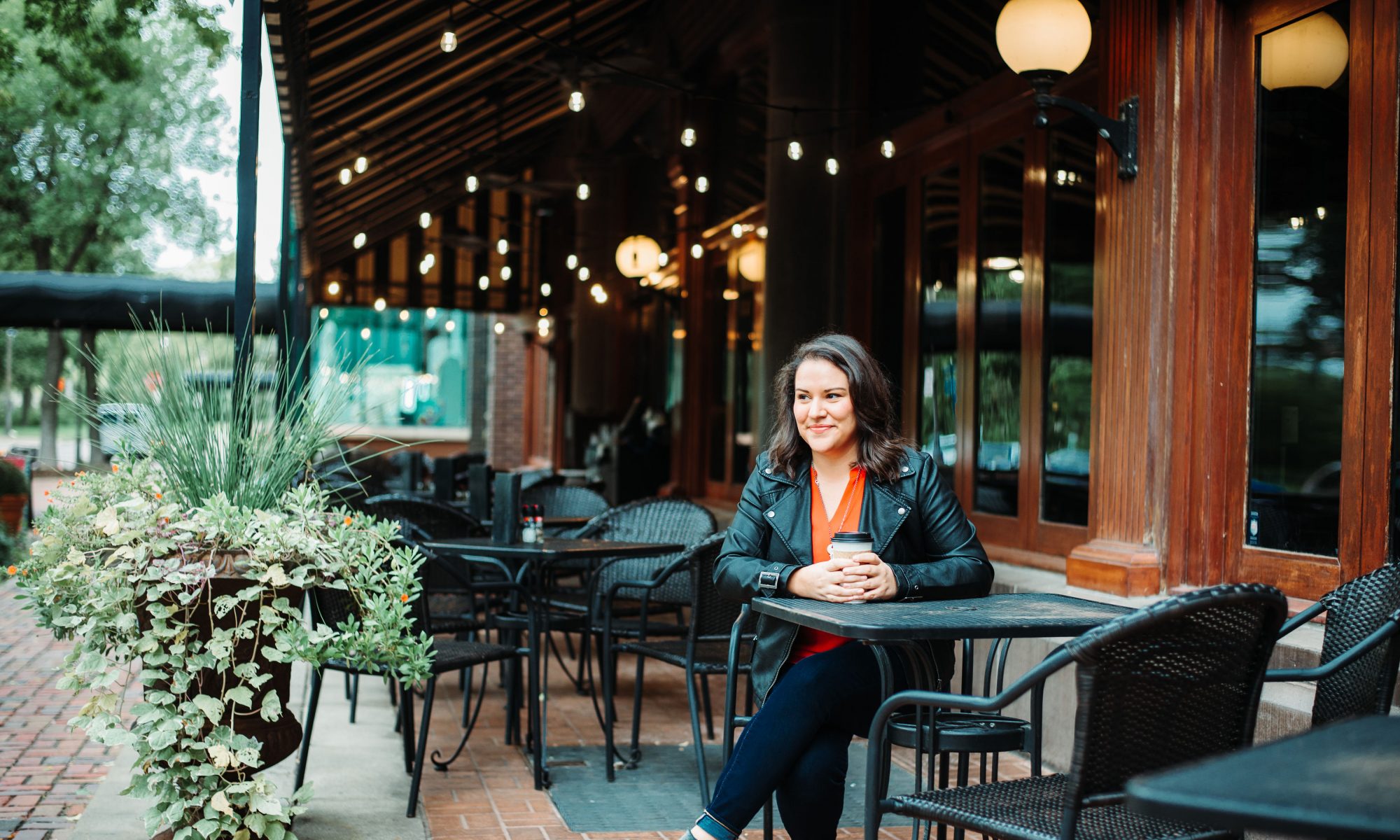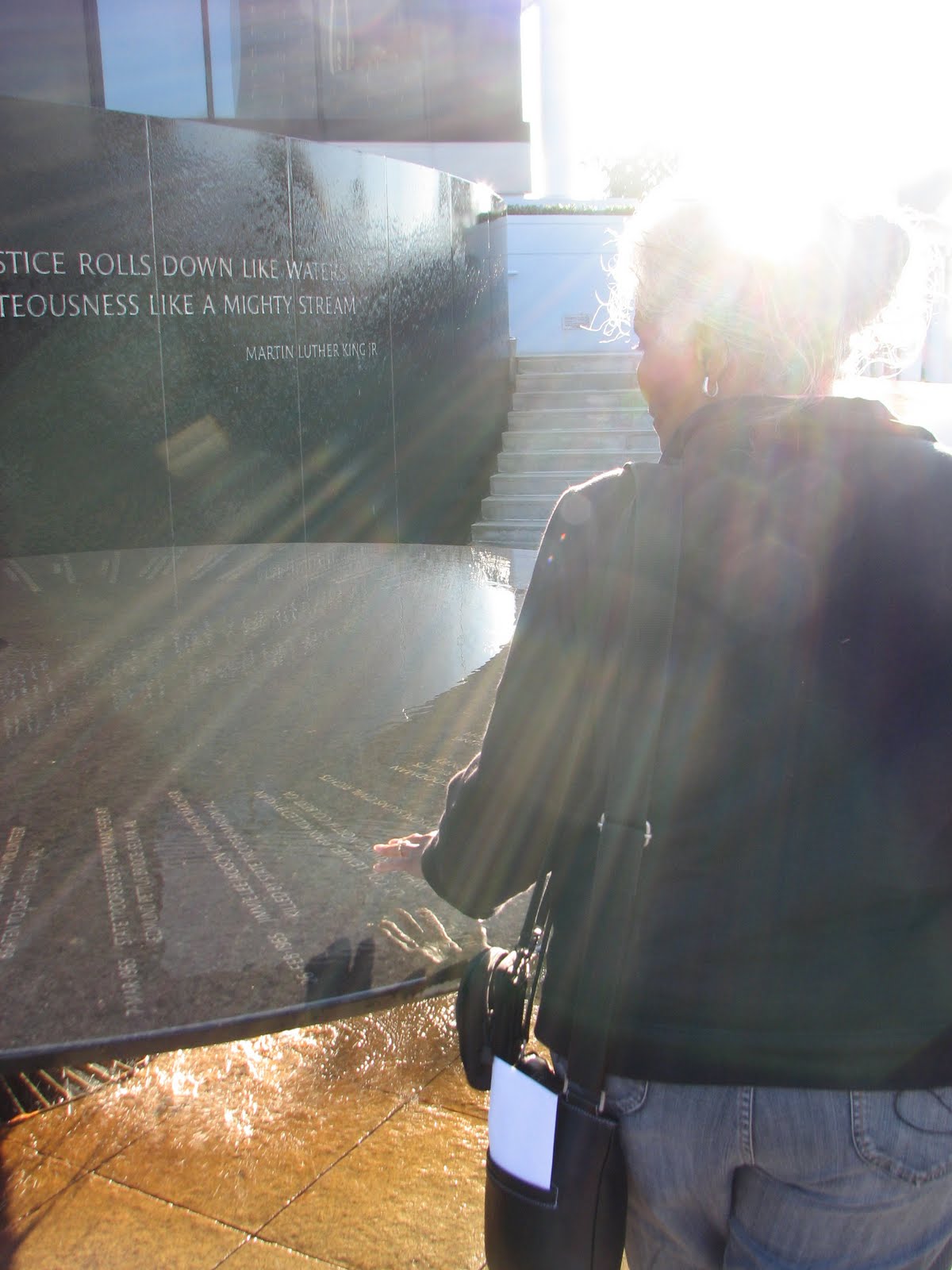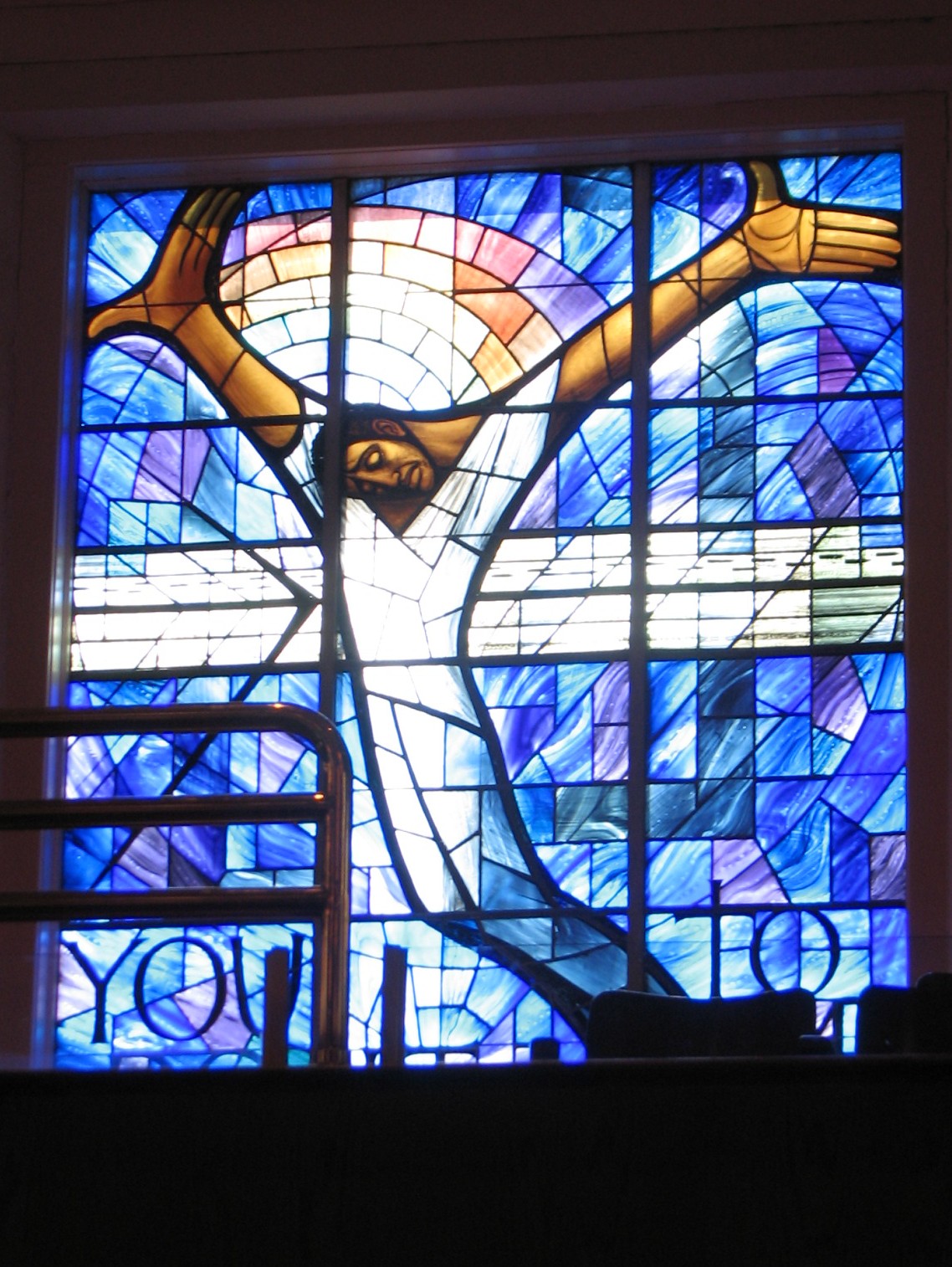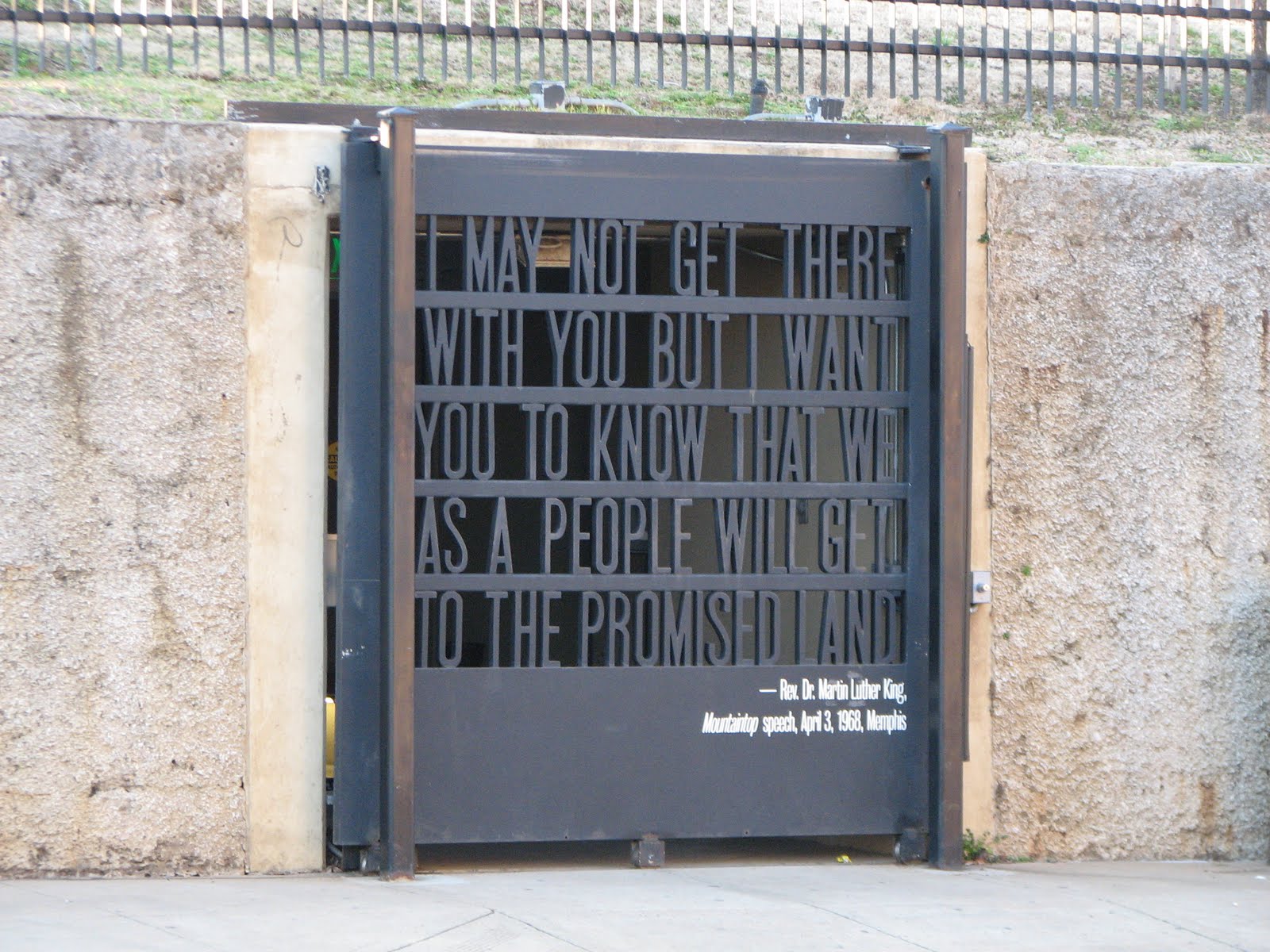A friend texted me the following quote this week:
“I swore never to be silent whenever and wherever human beings endure suffering and humiliation. We must always take sides. Neutrality helps the oppressor, never the victim. Silence encourages the tormentor, never the tormented.” – Elie Wiesel
What follows is a post I’ve been mulling over for a few weeks. It’s still not fully thought through and it’s not profound in anyway. But it is an attempt at not being silent anymore, regardless of how unprepared I am to speak.
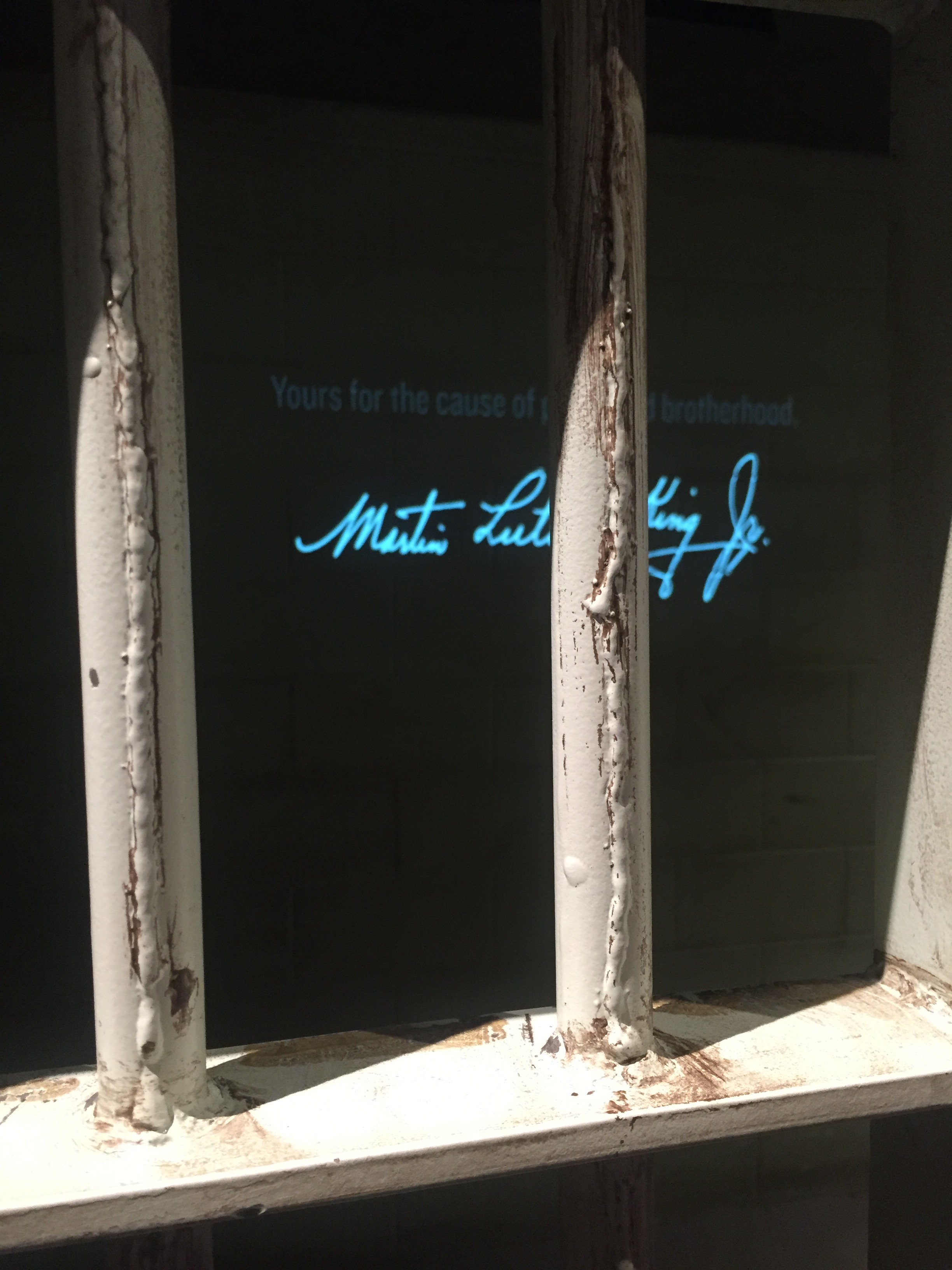 The first time I visited the National Civil Rights Museum was in March 2010. I clearly remember a moment where I found myself standing in a replica of a jail cell listening to the reading of Dr. Martin Luther King Jr’s Letter from Birmingham Jail. I stood in that jail cell and tears streamed down my face as I listened to this letter.
The first time I visited the National Civil Rights Museum was in March 2010. I clearly remember a moment where I found myself standing in a replica of a jail cell listening to the reading of Dr. Martin Luther King Jr’s Letter from Birmingham Jail. I stood in that jail cell and tears streamed down my face as I listened to this letter.
In this letter, Dr. King is responding to white area clergy who had written a statement calling his actions and the civil rights movement “unwise and untimely.” His response is humble but firm – that injustice anywhere is a threat to justice everywhere.
Back then I had just decided on moving to Chicago to pursue my masters. I was beginning the path toward where I am now – an ordained pastor serving in a church setting. Standing there and listening to his words ignited something in me – a passion to fight for justice, especially within the racial tensions in America.
As I was exiting seminary, someone asked me what I thought my role in racial righteousness ministry. Throughout seminary I had been challenged to see myself and the world around me differently. I had come face to face with ugly truths in my own life and in the world, especially when it came to racial righteousness. So this question to me gave me pause.
I’ve been trying to answer that question for the last six years. To see where I fit in on this long road towards justice for all. What’s my leg of the race? Where do I fit into it?
Along this journey of discovery for myself, I have found beauty in the discussions. I’ve entered in with my brothers and sisters in Christ as I’ve tried to understand the various perspectives in justice ministry. I’ve sat uncomfortably in the anger. I’ve cried the tears of brokenness and pain. I’ve rejoiced alongside my brothers and sisters who find triumph in their ministries in building bridges.
Last month I found myself in that same jail cell replica. I was en route to Jackson, MS with an intergenerational group from our church. We were going to serve alongside another Covenant church and on the way we were stopping to enter into this conversation about race in America.
I took the picture above on this second trip. I wanted to remember the first time I stood in that cell and at the same time I wanted to rejoice in how far I’ve come in my own understanding. But I also took this picture for another reason – to remind me that I’m still on the outside.
I’ve done some hard work in my life to understand racism in America. I have had to do some digging in my own life as a biracial woman. I’ve dealt with racism and sexism directed towards me. I understand being marginalized in some aspects. But I am still on the outside of this jail cell.
I still have white privilege. I will never fully understand what it feels like to be afraid of law enforcement, to do everything right and still be disrespected, beaten or killed.
Dr. King was constantly challenging white clergy to enter into the conversation. To mourn alongside those who mourn and to be heartbroken by the belittling and loss of life. To not stand idly by while our brothers and sisters are being devalued, killed and held back from the type of life they deserve.
When tragedy strikes us the way it has this week in Dallas, Baton Rouge and Minnesota or in recent weeks in Orlando and overseas – we must join together and lament. To fight darkness with light.
Yes – Hate is alive in our country. Fear is alive in our country. But so is Christ. Christ is alive and he is mourning the loss of life. He is weeping over the bodies of Alton Sterling, Philando Castile, and the five officers in Dallas.
I’m still working through what this looks like in my own life – how I am called to act. But I refuse to look away, to be silent when the darkness is so loud.
May we join together and engage in this conversation on how to redeem and mend the brokenness all around us.
